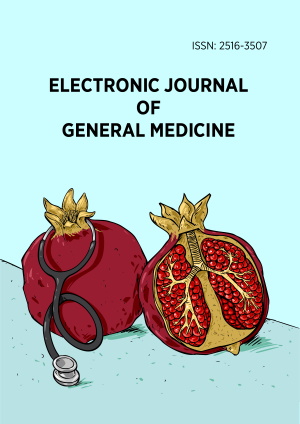Abstract
Badminton is a popular sport with numerous health benefits but carries the risk of injury. Limited research is available on badminton-related injuries among senior Asian players. This cross-sectional study used a questionnaire to gather data on demographics, exercise habits, injury history, injury mechanisms, affected body parts, symptoms, and injury severity from 254 participants. Most participants were male (70.6%), with a median age of 46 years (inter-quartile range [IQR] = 16.0). The median injury incidence was 4.3 per 1,000 hours played (IQR = 6.5). The most commonly injured body parts on the dominant side were the knees (51.1%), ankles (36.3%), and shoulders/clavicles (25.5%). On the non-dominant side, the knee (34.2%) and ankle (25.5%) were frequently injured. The most common mechanism of knee and ankle injuries occurs during changes in direction. Common injuries included ankle sprains (23.5%), patellar tendinopathy (20.3%), and muscle cramps (31.6%). Most injuries (60.6%) were mild. Future studies should focus on comprehensive prevention methods to reduce injuries.
License
This is an open access article distributed under the Creative Commons Attribution License which permits unrestricted use, distribution, and reproduction in any medium, provided the original work is properly cited.
Article Type: Original Article
ELECTRON J GEN MED, Volume 22, Issue 1, February 2025, Article No: em629
https://doi.org/10.29333/ejgm/15917
Publication date: 02 Feb 2025
Article Views: 3282
Article Downloads: 4772
Open Access References How to cite this article
 Full Text (PDF)
Full Text (PDF)